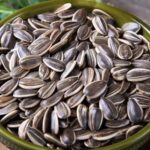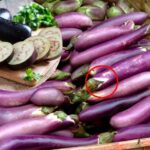When it comes to choosing mangoes, many people prefer larger fruits. However, mango growers suggest that not all big mangoes are equally tasty, with some having thicker flesh and less fibrous seeds. If you want to buy delicious mangoes, keep in mind these four simple tips outlined below.
1. Observe the black spots
While some mangoes boast a vibrant yellow color, others display black spots on their skin. According to growers, fresh, ripe mangoes often have a few small black spots on their skin, which does not affect the quality of the pulp inside. In fact, mangoes with these small spots tend to be the sweetest and most flavorful.
On the other hand, mangoes with numerous large, dark, and bumpy spots should be avoided. These mangoes have likely started to rot and ferment to varying degrees, and it’s best not to consume them.
If you’re purchasing ripe mangoes, opt for those with a bright yellow color or those with a few scattered black spots, and plan to eat them within 1-2 days as they are at their peak ripeness and shouldn’t be kept for too long.

2. Examine the shape
Mangoes typically come in two basic shapes. One type has a larger, rounder top, with fuller cheeks that yield more flesh. The other type has a more elongated body, tends to be thinner and longer, and generally has less flesh.
When buying mangoes, opt for those with a rounder, more spherical shape, where the cheeks are plumped up, as these will provide you with more flesh to enjoy.
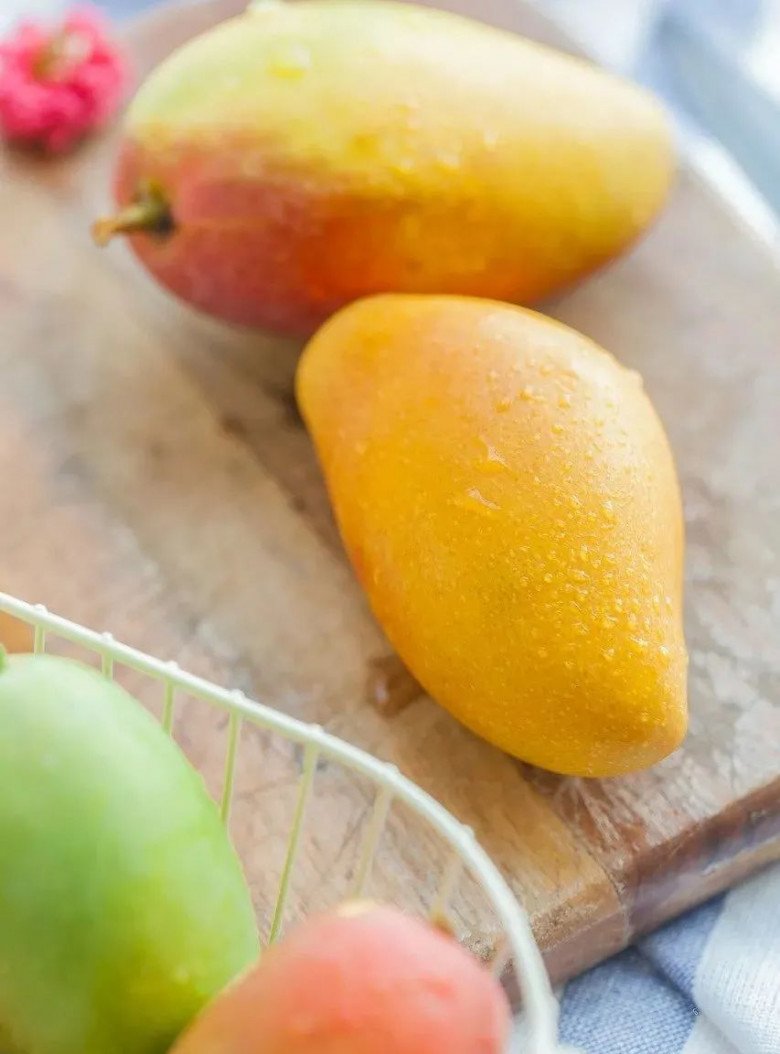
3. Observe the color
This method doesn’t apply to green mangoes, so we’re primarily focusing on ripe, yellow mangoes here. Typically, when buying mangoes, you’ll come across fruits of the same variety displaying different shades, from green to yellow to a mix of both. This is because mangoes, being tropical fruits, are usually picked and transported while still unripe.
The greener mangoes are obviously less ripe, while those with a dull yellow color have likely been sitting around for a while, and it’s best to avoid them. Ripe mangoes have a bright yellow hue, with a shiny and smooth skin.
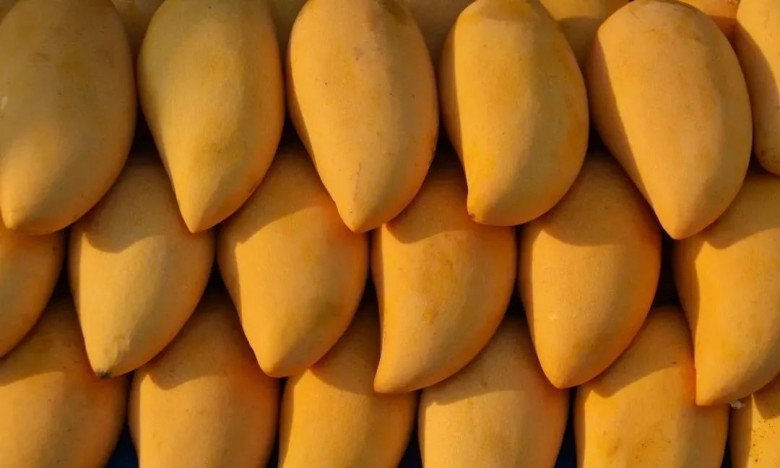
4. Smell the mangoes
Ripe mangoes have an incredibly delicious and distinctive aroma that’s hard to miss. If you pick up a mango and it fills your senses with its sweet fragrance, it’s likely at the perfect stage of ripeness.
On the other hand, mangoes that appear bright yellow but lack any aroma have likely been forced to ripen and won’t taste as good.
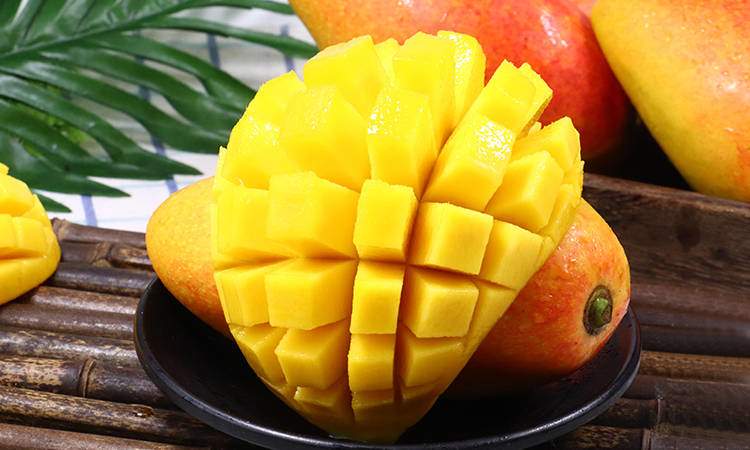
5. Test the mangoes’ firmness
Gently press your finger into the mango. If it feels slightly springy, it means the mango is still moist, fresh, and tasty. If it feels hard, it’s unripe and will taste sour. Mangoes that have been sitting for too long will leave a noticeable dent when pressed, so avoid those as well.




























